Venturing into the vastness of the Rocky Mountains was a dangerous thing to do when the fur trade began to flourish. Although the number of those who dared to accept the risky challenge and became fur trappers, better known as “mountain men,” was quite small, over the decades quite a few have become the stuff of American legend.
Stories of the adventures and bravery of these unrivaled outdoorsmen who left their mark on the frontier have become an essential part of American folklore, literature, and history, serving as an inspiration for numerous novels, movies, and documentaries.
We have all heard stories about Hugh Glass, whose life as a frontiersman, fur trapper, trader, and explorer inspired Iñárritu’s The Revenant, starring Leonardo DiCaprio. He is perhaps the most famous mountain man, but there were many others who spent years of their lives face to face with death while working as fur trappers on the American frontier.
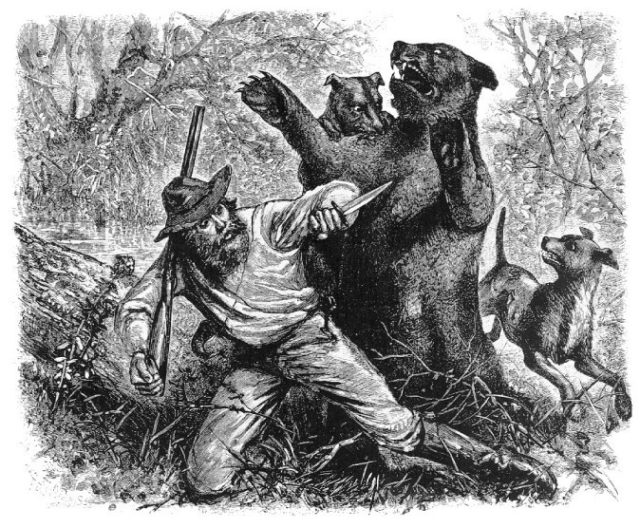
One such individual was James Pierson Beckwourth, who was among the first African-American explorers and frontiersmen of the West.Beckwourth’s story certainly does not lack for adventure and it is thanks to the fact that he narrated it to Thomas D. Bonner, who then wrote The Life and Adventures of James P. Beckwourth: Mountaineer, Scout and Pioneer, and Chief of the Crow Nation of Indians, that he distinguished himself as an icon of his era, inspiring countless other wilderness explorers and adventurers.

The road to becoming one of the most famous mountain men, and according to his account a chief of the Crow Nation, begins in around the year of 1800 in Fredericksburg, Virginia. It is believed that Beckwourth was born in slavery to a father of Irish and English descent and an African-American woman who was his slave.
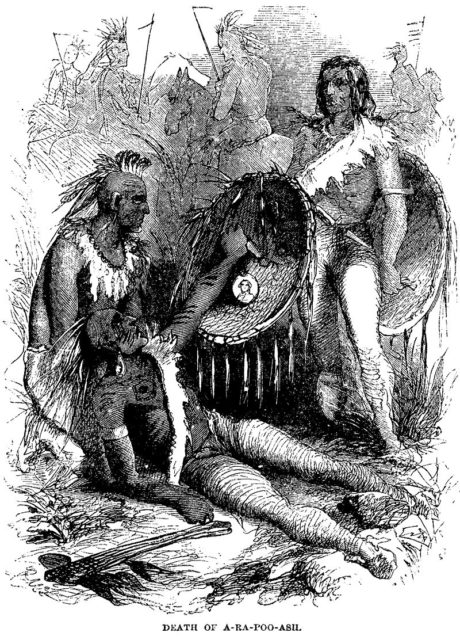
It is assumed that he spent his early years as a slave, but by the time he reached adulthood he was already a free black man, and in November 1824 he was able to join the famed William Ashley on one of his many fur-trapping expeditions to the Rocky Mountains.
That winter was a particularly rough one, and Beckwourth’s life was endangered on several occasions, but he didn’t seem to be bothered by the freezing temperature, the life-threatening wild animals, constant starvation, or Native American attacks. He would go on to spend the several following years as a trapper, which made it possible for him to become very close with the Native Americans of the Crow Nation, who were willing to open up trade relations with fur trappers.
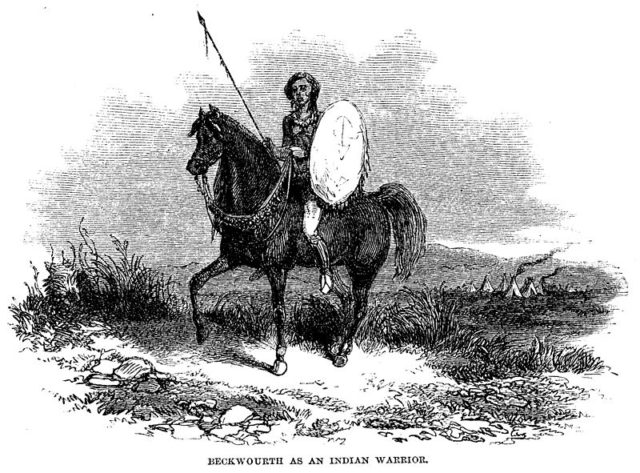
But how close exactly was Beckwourth with the Crow? Accounts vary and according to Beckwourth, he was captured by the Crow, who thought he was the long-lost son of a Crow chief and then adopted by the tribe, eventually becoming himself a chief. Beckwourth spoke the Crow language fluently and supposedly married at least two native women, fathering numerous children. According to another story, it is more likely that he went with the Crow Indians willingly in order to establish trade relations.
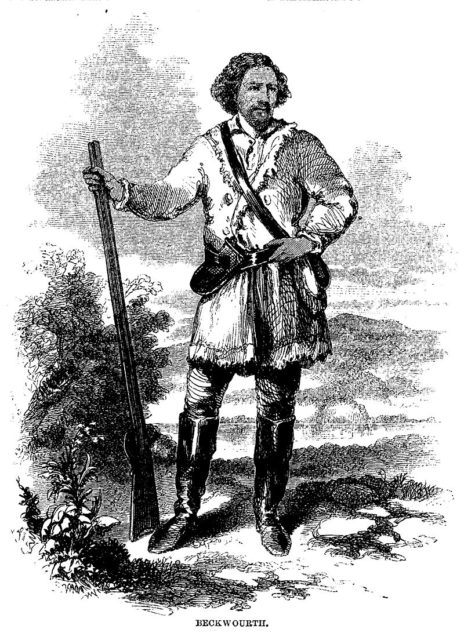
Nonetheless, he spent nearly 10 years with the Crow. According to many of his contemporaries and historians, he did rise within the ranks of the tribe and became a very influential person. His experiences with the Crow and his accounts concerning their society and way of life are considered accurate.
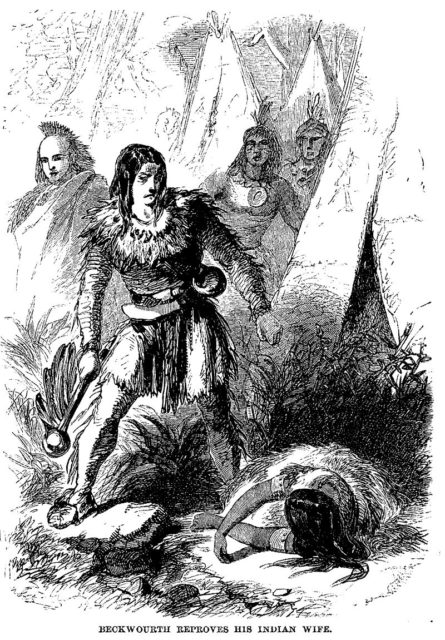
Upon leaving the Crow, he trapped in Utah before eventually deciding to take part in the Seminole War. By the end of 1840, he had left the army and did some trading, but when the Mexican-American War broke out, he again joined the army, serving successfully as a courier.
Read another story from us: William Henry Ashley: The fur trader who opened up America’s West
He reportedly had a role in the Sand Creek Massacre of 1864, when an estimated 70 to 163 innocent Cheyenne people were killed, but this is still a matter of debate among historians. Nonetheless, after the Sand Creek Massacre, Beckwourth returned to the Crow tribe. The year of his death is reported as being 1866, and he was given a traditional Crow funeral.
